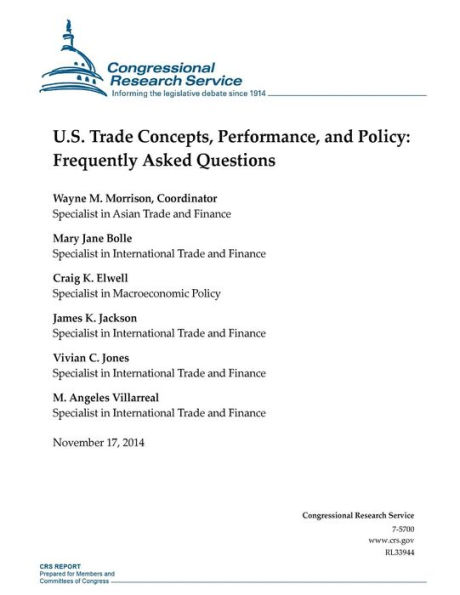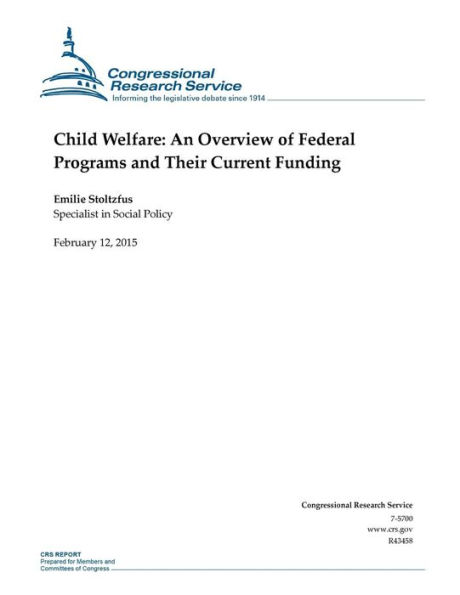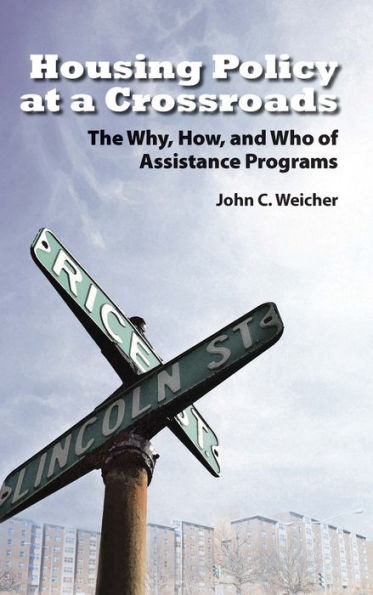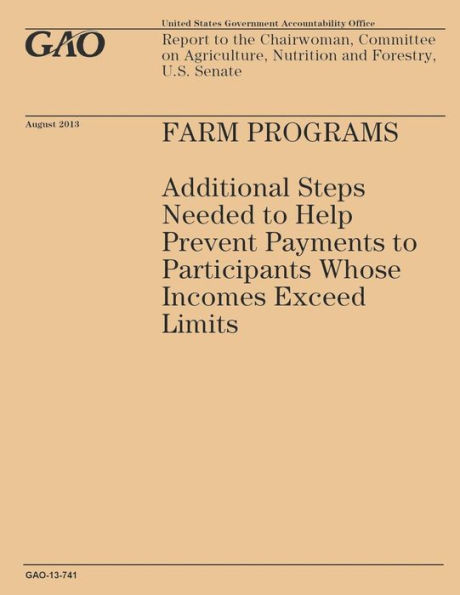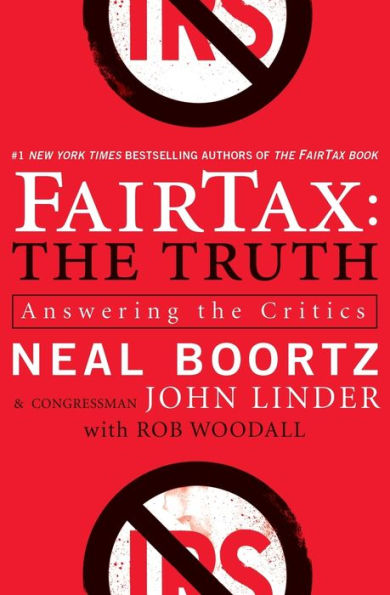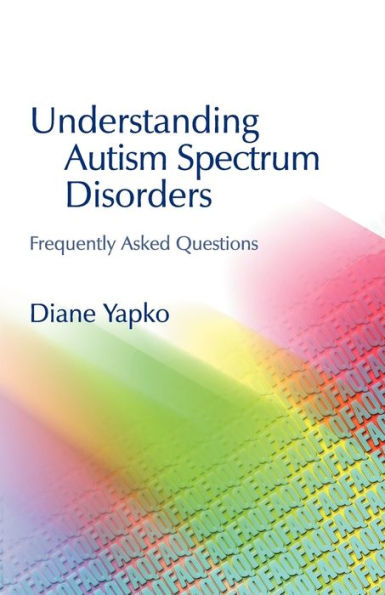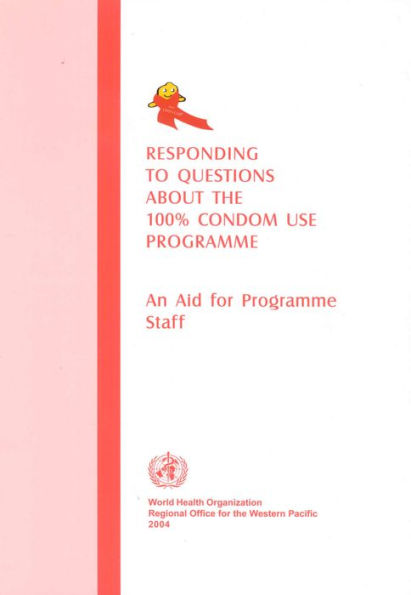Home
The Temporary Assistance for Needy Families (TANF) Block Grant: Responses to Frequently Asked Questions
Loading Inventory...
Barnes and Noble
The Temporary Assistance for Needy Families (TANF) Block Grant: Responses to Frequently Asked Questions
Current price: $19.95
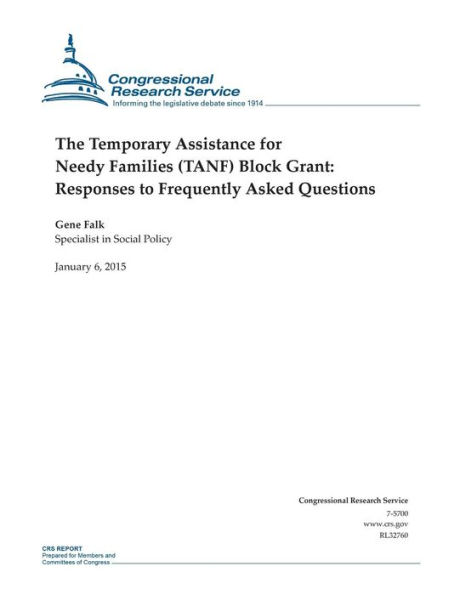

Barnes and Noble
The Temporary Assistance for Needy Families (TANF) Block Grant: Responses to Frequently Asked Questions
Current price: $19.95
Loading Inventory...
Size: OS
*Product Information may vary - to confirm product availability, pricing, and additional information please contact Barnes and Noble
TANF Funding. TANF provides fixed funding to states, the bulk of which is provided in a $16.5 billion-per-year basic federal block grant. States are also required in total to contribute, from their own funds, at least $10.4 billion under a maintenance-of-effort (MOE) requirement.
Federal and State TANF Expenditures. Though TANF is best known for funding cash assistance payments for needy families with children, the block grant and MOE funds are used for a wide variety of benefits and activities. In FY2013, expenditures on basic assistance (cash assistance) totaled $8.7 billion-28% of total federal TANF and MOE dollars. TANF also contributes funds for child care and services for children who have been, or are at risk of being, abused and neglected.
Cash Assistance Caseload. A total of 1.7 million families, composed of 4.0 million recipients, received TANF- or MOE-funded cash in December 2013. The bulk of the "recipients" were children-3.0 million in that month. The cash assistance caseload is very heterogeneous. The type of family historically thought of as the "typical" cash assistance family-one with an unemployed adult recipient-accounted for less than half of all families on the rolls in FY2012. Additionally, 18% of cash assistance families had an employed adult, while 36% of all TANF families were
"child-only" and had no adult recipient. Child-only families include those with disabled adults receiving Supplemental Security Income (SSI), adults who are nonparents (e.g., grandparents, aunts, uncles) caring for children, and families consisting of citizen children and ineligible noncitizen parents.
Cash Assistance Benefits. TANF cash benefits are set by states. In July 2013, the maximum monthly benefit for a family of three ranged from $923 in Alaska to $170 in Mississippi. Benefits in all states represent a fraction of poverty-level income. In the median jurisdiction (the District of Columbia), the maximum monthly benefit of $428 for a family of three represents 26% of poverty-level income.
Cash Assistance Work Requirements. TANF requires states to engage 50% of all families and 90% of two-parent families in work activities. However, these standards are reduced by the amount of a state's caseload reduction from FY2005. Further, states may get an extra credit against these standards by spending more than required under the TANF MOE. Therefore, the effective standards states face are often less than the 50% or 90% targets, and vary by state. In FY2011, states achieved an all-family participation rate of 29.5% and a two-parent rate of 32.0%. That year, nine jurisdictions failed the all-family standard, and five jurisdictions failed the two-parent standard. States that fail to meet work standards are at risk of being penalized by a reduction in their block grant.

